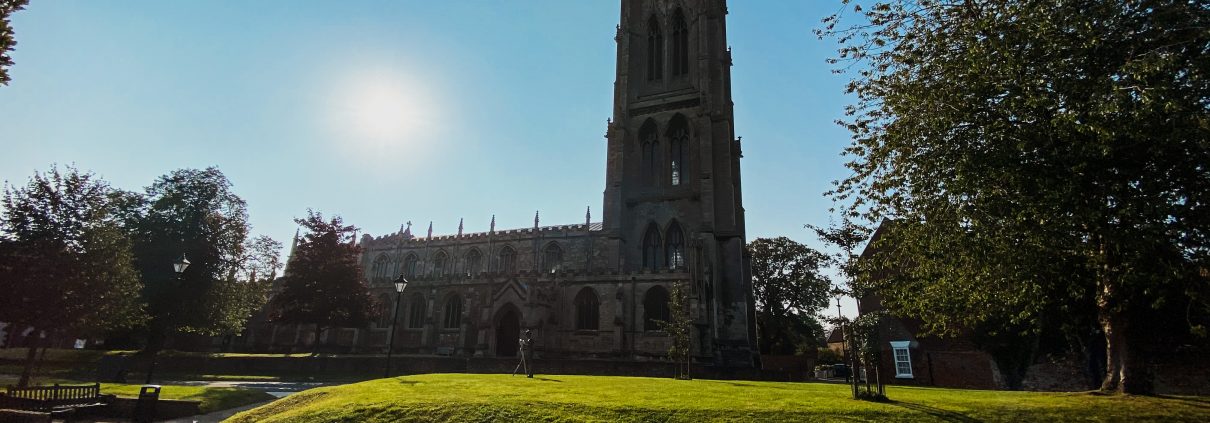A Brief History Of Louth
If you are not acquainted nor familiar with Louth, this blog post will give you an insight into the town and its history. Louth is a large market as well as an industrial town situated in East Lindsey, Lincolnshire. It is located very rurally in the East of Lincolnshire and contains attractions such as St James’ Church, Hubbard’s Hills, the market, many independent retailers, as well as the last remaining cattle market in Lincolnshire.
Louth started off as a Saxon village. Its name originated from the Saxon word meaning ‘loud’ due to the loud gushing of the river. A monastery was built in Louth in the late 7th century. In the 9th century, the Danes took over Lincolnshire and subsequently destroyed Louth’s monastery. However, they gave Louth many of its street names.
In the 10th and 11th centuries, Louth became a small market town. Peasants from surrounding villages would use the market to buy and sell goods. Eventually, in the Middle Ages Louth had a population of around 1,500.
A Cistercian Abbey was built in 1139 at Louth Park. The parish church of St James was also an integral part of life for the people who lived there.
Henry VIII closed down Louth’s Abbey in 1536. The King sent a man to list valuables in the parish church which outraged the people of Louth. The man agreed to go and find out what the King intended to do with the valuables before proceeding.
This event sparked anger and men from Louth started a rebellion, marching towards Lincoln but were blocked by royal troops. As a result, the uprising broke down, and ringleaders were executed.
Louth prospered in the 16th and 17th centuries and its population grew, despite plague outbreaks. One outbreak in particular killed 700 people in Louth in 1631, which was a large chunk of the overall population.
A school was built in Louth in the 13th century, but the Grammar School was not established until 1551. The 18th century saw Louth grow even more and develop a carpet-making industry. A canal was eventually opened in 1770 to make trade easier of goods.
1801 saw a population of 4,250. This doubled 50 years later. 1825 saw a parliament act that cleaned the streets and a year later, the streets were gaslit, despite many Louth residents living in slums.
A dispensary was formed in 1803 for poor people to get free medicine and in 1873 Louth’s hospital was built. 1848 saw the railway reaching Louth which improved business from the canal method previously.
In the 1920s and 30s, the first council houses were established, and electricity lit up the town.
A War Memorial was established in 1922 in memory of those who fell in WW1. In WW2 15 people in Louth died from German bombings.
The population continued to grow in Louth from the 1920s onwards with around 17,000 people inhabiting the town now.
Please read my blog about some of the top reasons to want to live and work in Louth.









